Home>Furniture & Design>Interior Design Trends>How Many Milliliters Is A Glass Of Wine
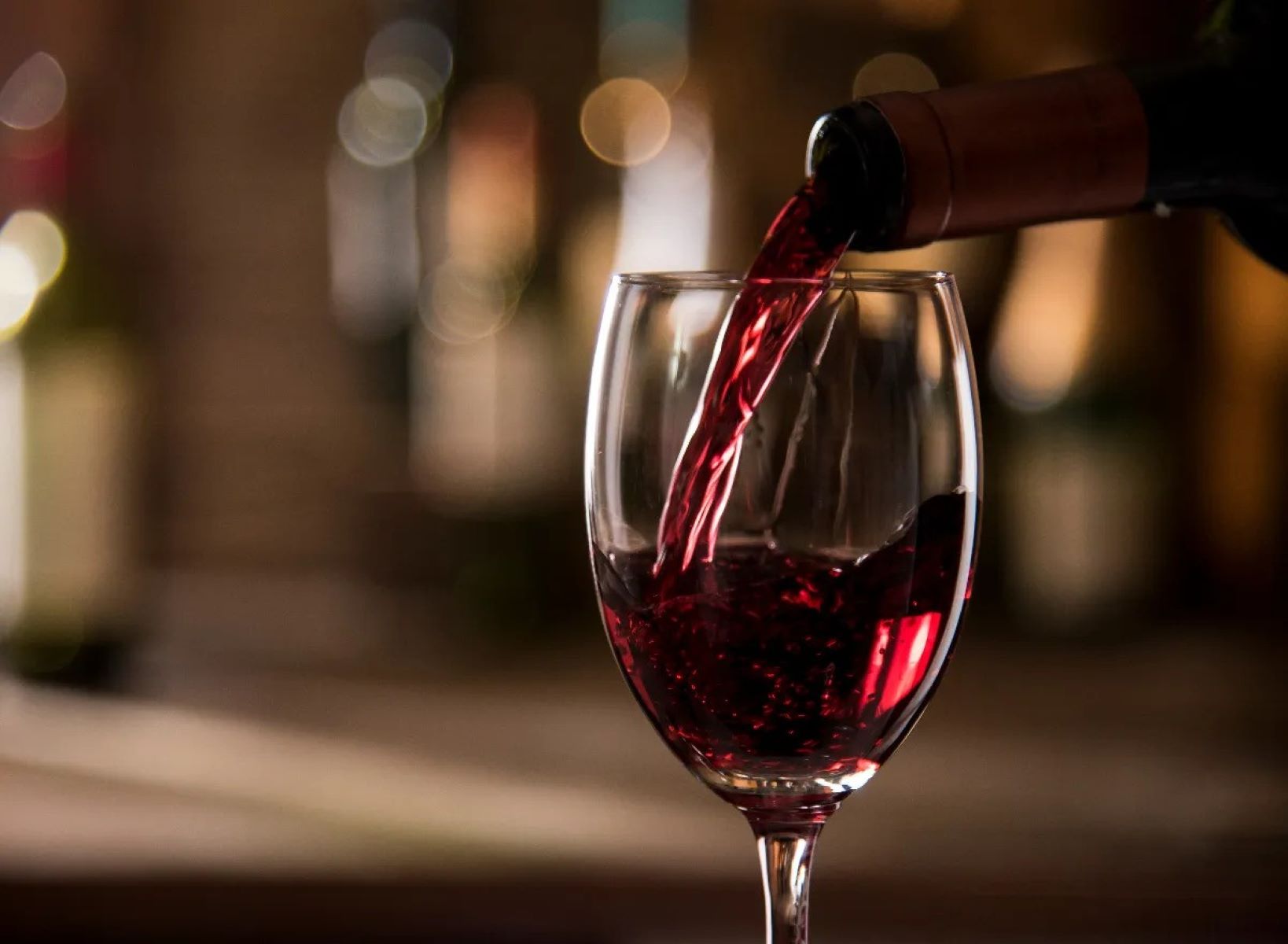

Interior Design Trends
How Many Milliliters Is A Glass Of Wine
Modified: October 19, 2024
Discover the latest interior design trends and find out how many milliliters make up a standard glass of wine. Explore the perfect balance of style and indulgence.
(Many of the links in this article redirect to a specific reviewed product. Your purchase of these products through affiliate links helps to generate commission for Storables.com, at no extra cost. Learn more)
Introduction
When it comes to enjoying a glass of wine, understanding the standard serving size is essential. Whether you're savoring a crisp Sauvignon Blanc or indulging in a rich Merlot, the volume of wine in a glass can vary based on several factors. From the type of wine to the size and shape of the glass, there are numerous elements that contribute to the milliliter measurement of a standard pour.
Exploring the milliliter content of a glass of wine not only sheds light on the serving size but also provides insight into the art of wine appreciation. By delving into the nuances of wine pouring and consumption, one can gain a deeper appreciation for the craftsmanship and tradition that underpin this beloved beverage.
Understanding the milliliter measurement of a glass of wine is not only practical but also enriches the overall wine-drinking experience. From intimate gatherings to elegant soirées, the knowledge of wine serving sizes allows individuals to partake in the conviviality of sharing a bottle while ensuring that each pour is enjoyed to its fullest potential.
As we embark on this exploration of the milliliters in a glass of wine, we will uncover the standard serving size, delve into the specific volume of wine in a standard glass, and consider the various factors that influence the pour. By the end of this journey, you will have a comprehensive understanding of the milliliter content of a glass of wine, empowering you to savor each sip with newfound appreciation.
Key Takeaways:
- Enjoy a standard glass of wine with approximately 148 milliliters, allowing for a balanced tasting experience while promoting responsible consumption. Embrace the art of wine pouring and savor each sip with newfound appreciation.
- Factors like glass shape, pouring technique, and wine type influence the volume of wine in a glass. Understanding these elements enriches the cultural and sensory experience of wine consumption.
Read more: How Many Milliliters In A Shot Glass
Standard Serving Size of Wine
The standard serving size of wine is a fundamental aspect of the wine-drinking experience, as it sets the stage for savoring the complexities and nuances of this timeless libation. Understanding the recommended serving size not only ensures that one can fully appreciate the flavors and aromas of the wine but also promotes responsible consumption.
In the realm of wine, the standard serving size is typically measured in ounces. A standard pour of wine is generally considered to be 5 ounces, which equates to approximately 148 milliliters. This serving size provides an optimal balance, allowing the drinker to experience the wine's characteristics without overwhelming the palate or consuming an excessive amount in one sitting.
The 5-ounce standard serving size is endorsed by wine professionals and enthusiasts alike, as it aligns with the principles of moderation and mindful indulgence. By adhering to this serving size, individuals can relish the sensory journey that each glass of wine offers while maintaining a sense of restraint and appreciation for the art of wine consumption.
It's important to note that the standard serving size of wine applies to a variety of wine types, including red, white, rosé, and sparkling wines. Whether enjoying a bold Cabernet Sauvignon, a crisp Chardonnay, or a celebratory glass of Champagne, the 5-ounce guideline remains consistent across different varietals and styles.
Embracing the standard serving size of wine not only enhances the tasting experience but also fosters a culture of responsible enjoyment. By acknowledging and respecting the recommended serving size, individuals can partake in the conviviality of wine without compromising their well-being or the integrity of the drinking occasion.
As we continue our exploration of the milliliters in a glass of wine, the standard serving size serves as a cornerstone for understanding the volume of wine in a standard pour. This foundational knowledge sets the stage for delving into the specific milliliter content of a standard glass of wine, shedding light on the intricacies of wine pouring and consumption.
Milliliters in a Standard Glass of Wine
The milliliter content of a standard glass of wine is a pivotal consideration for both wine enthusiasts and casual drinkers alike. As we delve into the specific volume of wine in a standard pour, it becomes evident that the milliliter measurement not only impacts the tasting experience but also reflects the artistry and precision inherent in wine service.
A standard glass of wine typically contains 5 ounces, which translates to approximately 148 milliliters. This measurement serves as a universal benchmark for wine pouring, ensuring consistency and facilitating an optimal tasting experience across different settings and occasions. Whether enjoying a glass of red, white, or rosé, the 148-milliliter volume encapsulates the essence of a standard pour, allowing individuals to savor the wine's characteristics while maintaining a sense of moderation and appreciation.
The 148 milliliters in a standard glass of wine represent a harmonious balance, providing enough volume to fully appreciate the wine's aromas and flavors without overwhelming the palate. This carefully calibrated serving size reflects the culmination of centuries-old traditions and contemporary sensibilities, embodying the ethos of mindful indulgence and sensory exploration.
Beyond the numerical measurement, the milliliter content of a standard glass of wine embodies the art of hospitality and conviviality. Whether poured at a bustling social gathering or enjoyed in a tranquil moment of solitude, the 148 milliliters encapsulate the spirit of sharing and camaraderie that permeates the wine-drinking experience. Each sip from a standard glass of wine becomes a conduit for connection, fostering moments of warmth, laughter, and shared enjoyment.
Moreover, the 148 milliliters in a standard glass of wine exemplify the craftsmanship and attention to detail that define the world of wine. From the meticulous selection of glassware to the precise execution of the pour, every aspect of the wine service converges to deliver a measured and gratifying experience. The milliliter measurement serves as a testament to the dedication and expertise of sommeliers, servers, and wine enthusiasts who uphold the standards of excellence in wine presentation and enjoyment.
In essence, the 148 milliliters in a standard glass of wine encapsulate a symphony of sensory delight, cultural significance, and conviviality. This measurement transcends mere volume, embodying the essence of shared experiences, cherished traditions, and the timeless allure of wine. As we raise our glasses to partake in this age-old ritual, the 148 milliliters stand as a testament to the enduring legacy and enduring appeal of wine, inviting us to savor each moment and every milliliter with reverence and delight.
A standard glass of wine is typically 5 ounces, which is equivalent to 150 milliliters. Keep in mind that different glasses and pour sizes can vary, so it’s always best to measure if you need an exact amount.
Factors Affecting the Volume of Wine in a Glass
The volume of wine in a glass is influenced by a myriad of factors that collectively shape the drinking experience and contribute to the nuanced art of wine consumption. Understanding these factors provides insight into the dynamic interplay between tradition, craftsmanship, and personal preference, ultimately enriching the appreciation of wine as a cultural and sensory pursuit.
-
Glass Shape and Size: The design of the wine glass significantly impacts the volume of wine it can hold. Variations in bowl shape, rim diameter, and overall capacity can affect the pour, with larger glasses accommodating more wine and smaller ones offering a more restrained serving size. Additionally, the shape of the glass can influence the wine's aeration and aroma, further enhancing the sensory experience.
-
Pouring Technique: The manner in which wine is poured into a glass can affect the volume dispensed. Factors such as the angle of the bottle, the speed of the pour, and the height of the glass all contribute to the precision and consistency of the serving size. A skilled pourer can adeptly control the volume, ensuring that each glass receives an equitable measure of wine.
-
Wine Varietal and Style: Different types of wine, such as red, white, rosé, and sparkling, may be poured in varying volumes based on traditional customs or contemporary preferences. For example, a bold red wine may be poured in a larger volume to allow for optimal aeration and appreciation of its robust flavors, while a delicate white wine might be served in a more restrained measure to preserve its nuanced aromatics.
-
Cultural and Regional Practices: Wine serving customs can vary across cultures and regions, influencing the volume of wine poured in a glass. From ceremonial rituals to longstanding traditions, the cultural context surrounding wine consumption often dictates the appropriate serving size, reflecting the values and customs inherent in each community.
-
Personal Preferences and Occasion: Individual preferences and the nature of the occasion can also impact the volume of wine poured. Whether enjoying a leisurely evening at home or partaking in a festive celebration, the desired serving size may vary based on personal inclinations and the conviviality of the gathering.
-
Regulatory Guidelines: In certain settings, such as hospitality establishments and regulated events, specific guidelines and standards may dictate the volume of wine served in a glass. Compliance with these regulations ensures consistency and responsible serving practices, aligning with broader industry standards and legal requirements.
As we contemplate the multifaceted nature of the factors influencing the volume of wine in a glass, it becomes evident that this seemingly simple act embodies a rich tapestry of cultural, aesthetic, and practical considerations. Each pour of wine represents a convergence of tradition, expertise, and personal discernment, inviting us to partake in a sensory journey that transcends mere volume, embracing the artistry and conviviality of wine with every milliliter savored.
Conclusion
In conclusion, the milliliter measurement of a glass of wine encapsulates a symphony of tradition, craftsmanship, and conviviality, inviting individuals to embark on a sensory journey that transcends mere volume. From the standard serving size of 5 ounces (equivalent to approximately 148 milliliters) to the myriad factors influencing the volume of wine in a glass, the art of wine pouring and consumption reflects a harmonious balance of cultural significance, sensory delight, and responsible enjoyment.
As we raise our glasses to partake in this timeless ritual, the 148 milliliters stand as a testament to the enduring legacy and enduring appeal of wine, inviting us to savor each moment and every milliliter with reverence and delight. Whether poured into exquisitely crafted stemware or shared among cherished company, the volume of wine in a glass embodies the essence of shared experiences, cherished traditions, and the timeless allure of wine.
By understanding the standard serving size and the factors that influence the pour, individuals can approach wine consumption with a newfound appreciation for the artistry and precision inherent in this beloved libation. Embracing the 148 milliliters in a standard glass of wine not only fosters a culture of responsible enjoyment but also celebrates the sensory richness and cultural significance that define the world of wine.
As we navigate the intricate landscape of wine pouring and consumption, let us raise our glasses to the artistry, tradition, and conviviality that unite us in shared moments of warmth and connection. With each sip, may we honor the legacy of wine and the timeless allure of its 148 milliliters, savoring the sensory tapestry and cultural heritage that enrich our lives with every pour.
Frequently Asked Questions about How Many Milliliters Is A Glass Of Wine
Was this page helpful?
At Storables.com, we guarantee accurate and reliable information. Our content, validated by Expert Board Contributors, is crafted following stringent Editorial Policies. We're committed to providing you with well-researched, expert-backed insights for all your informational needs.
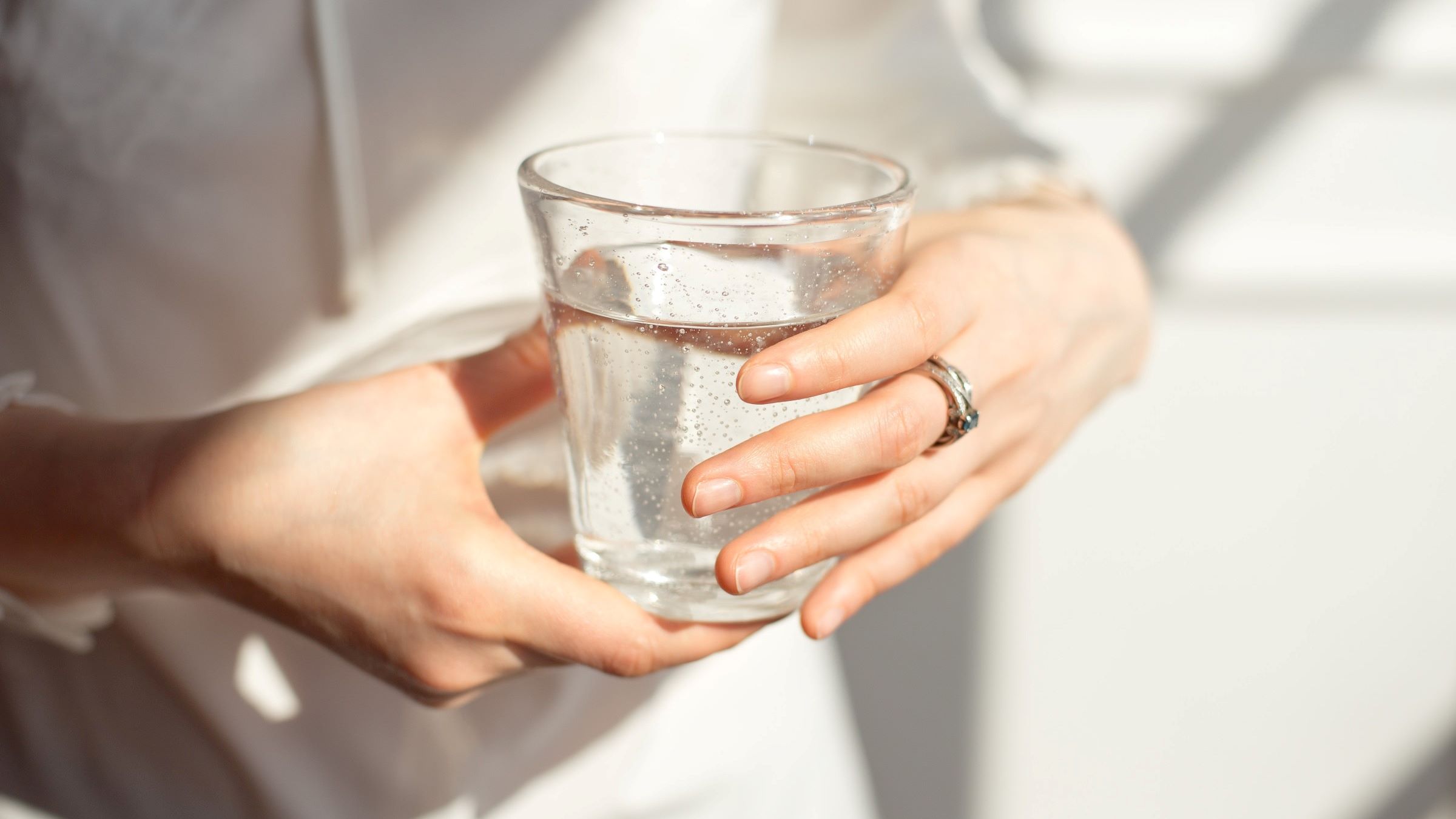
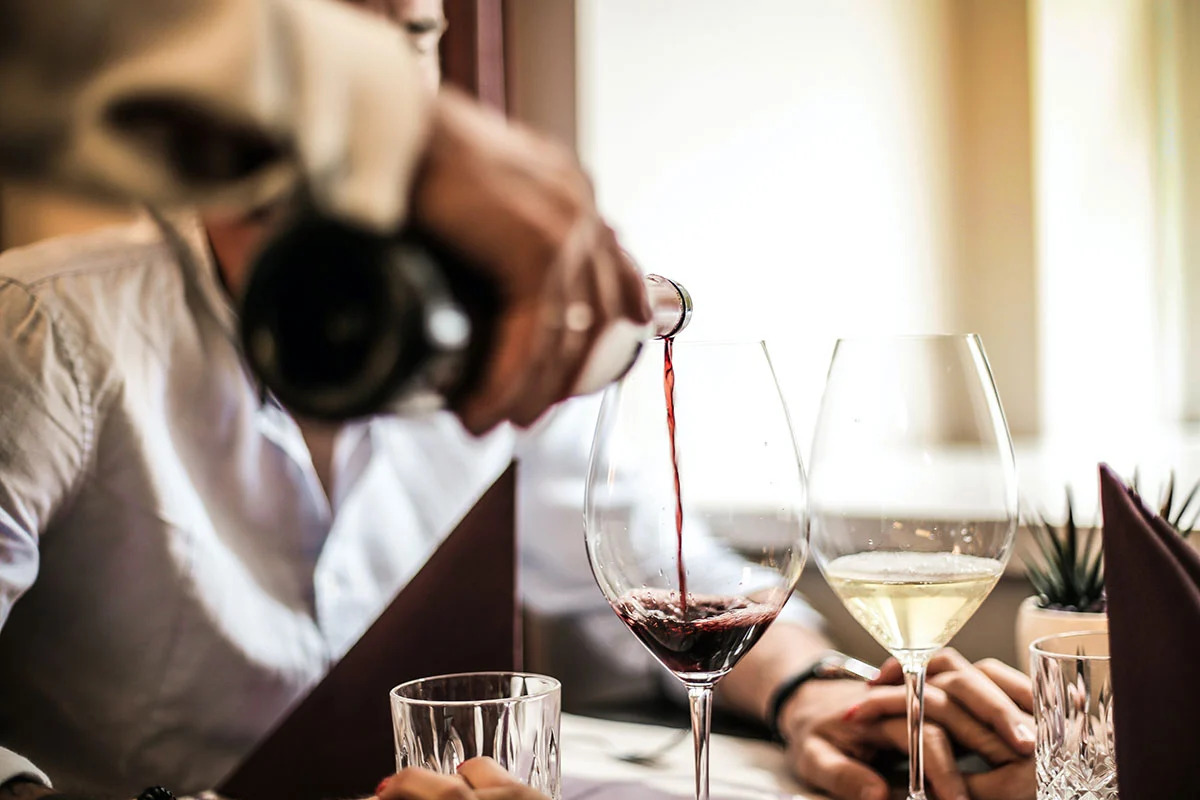
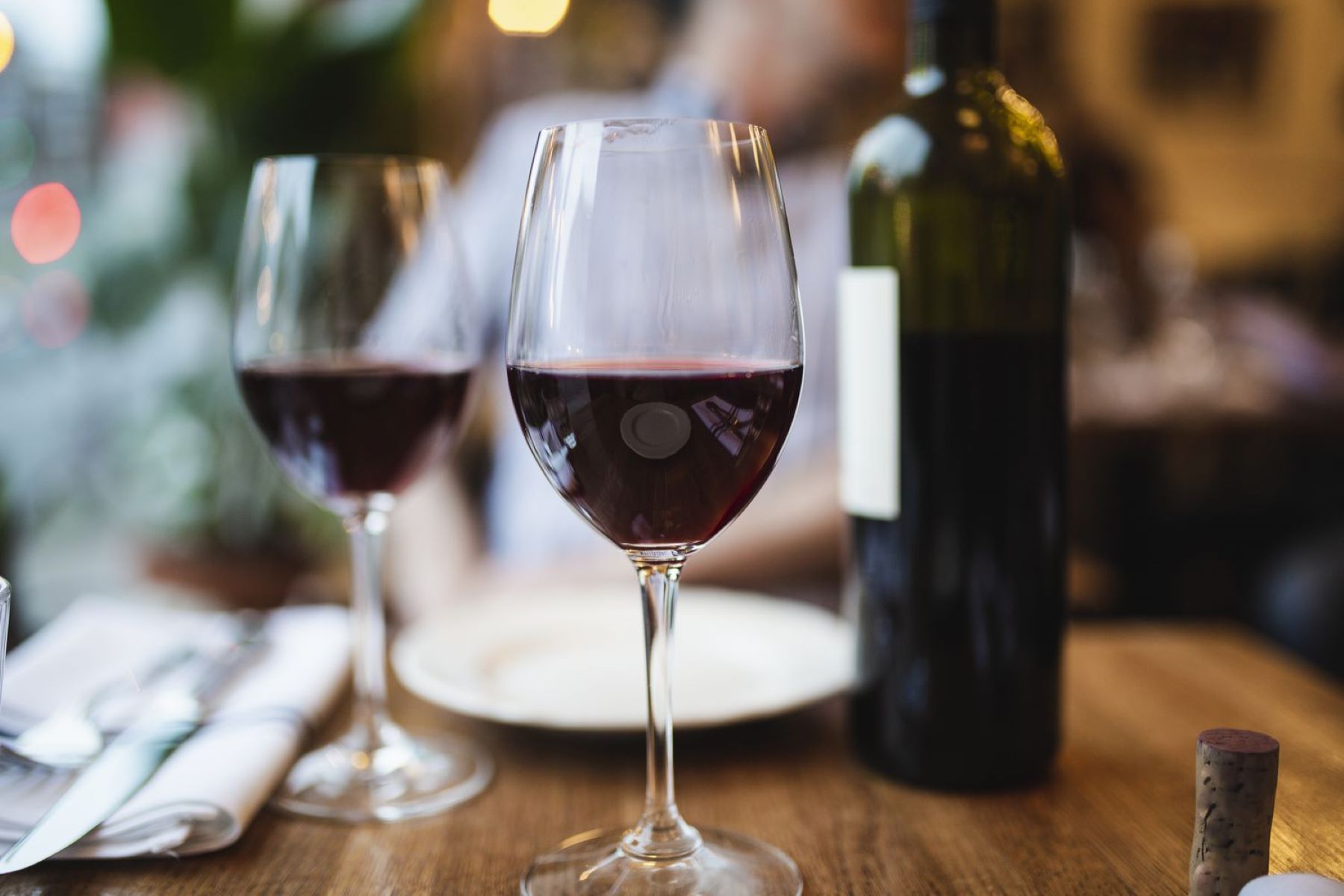

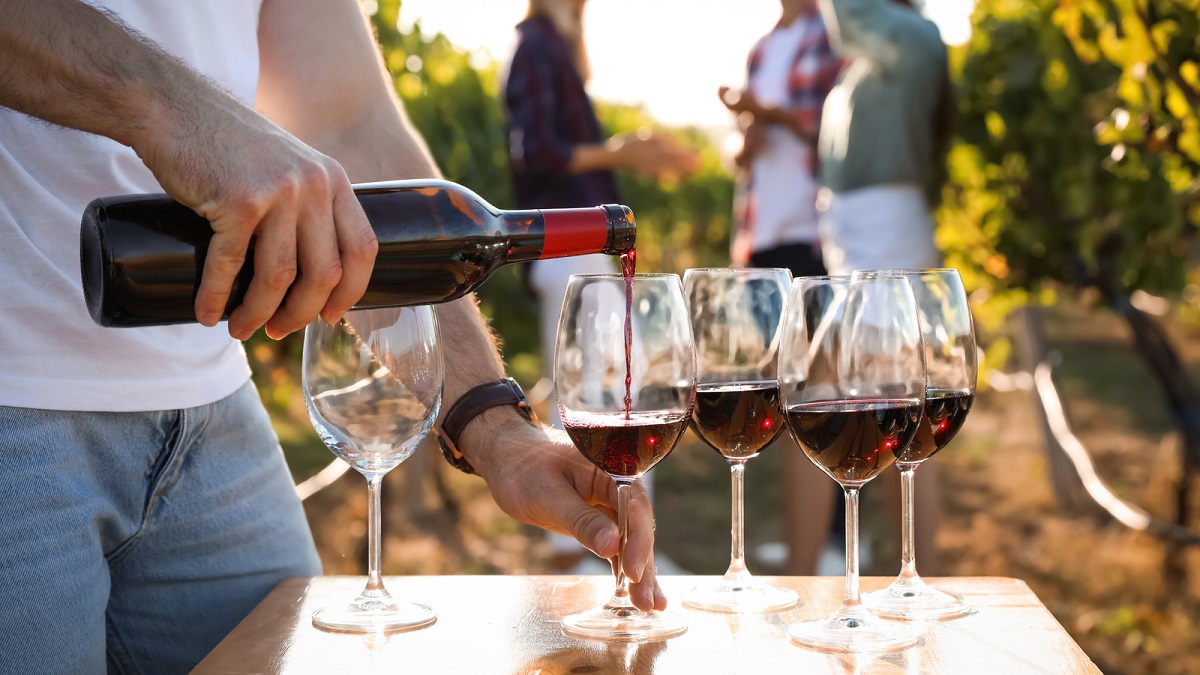
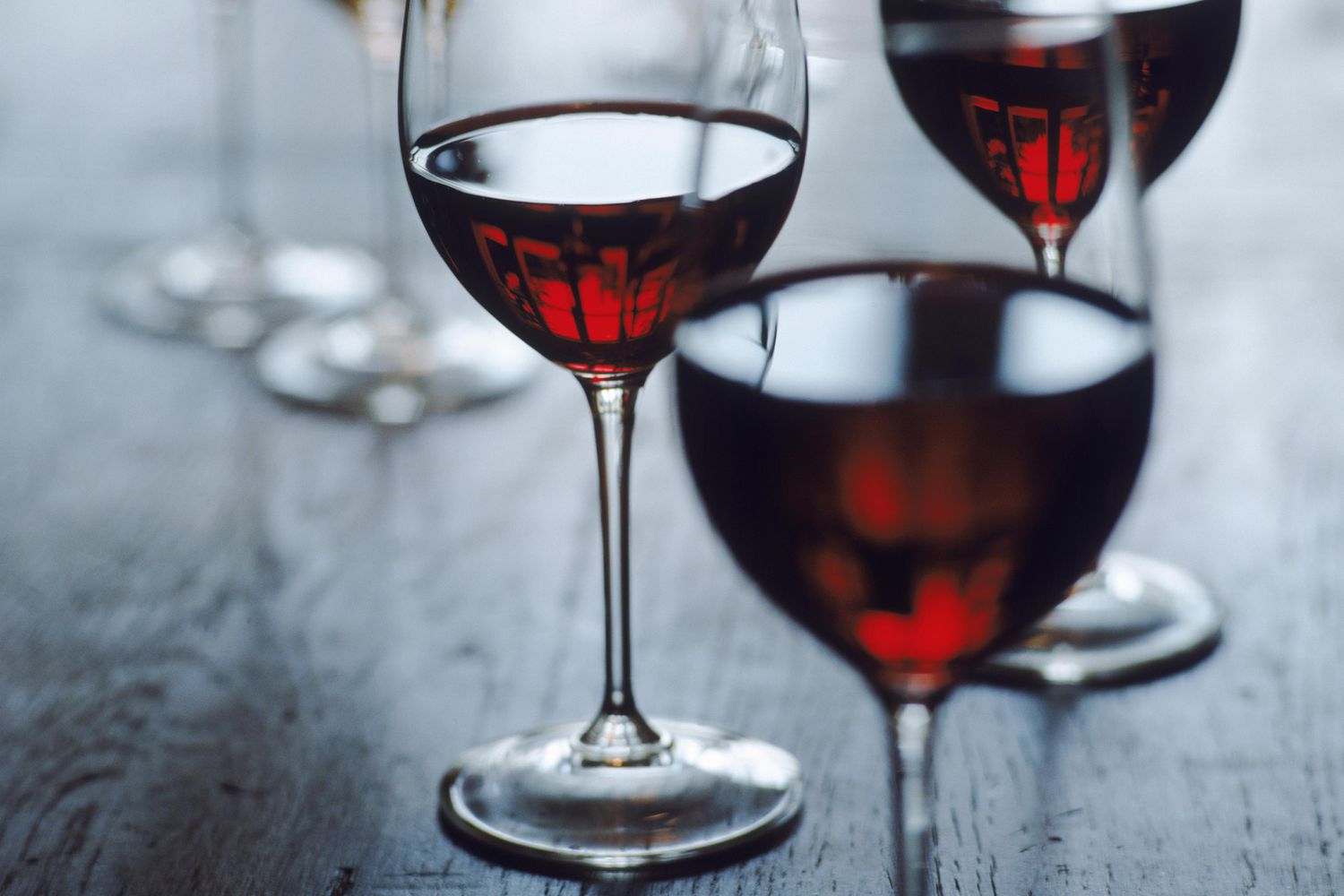
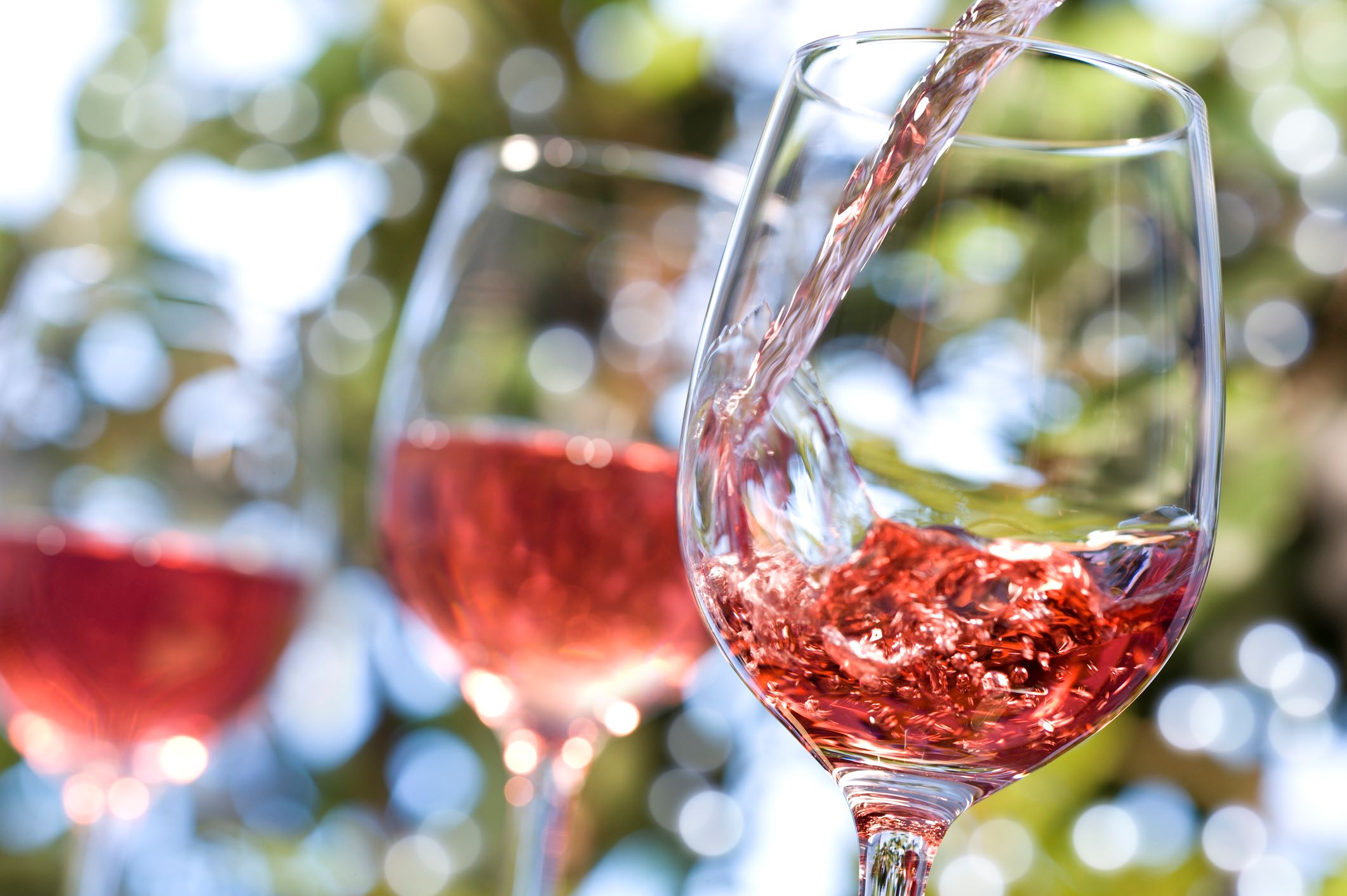
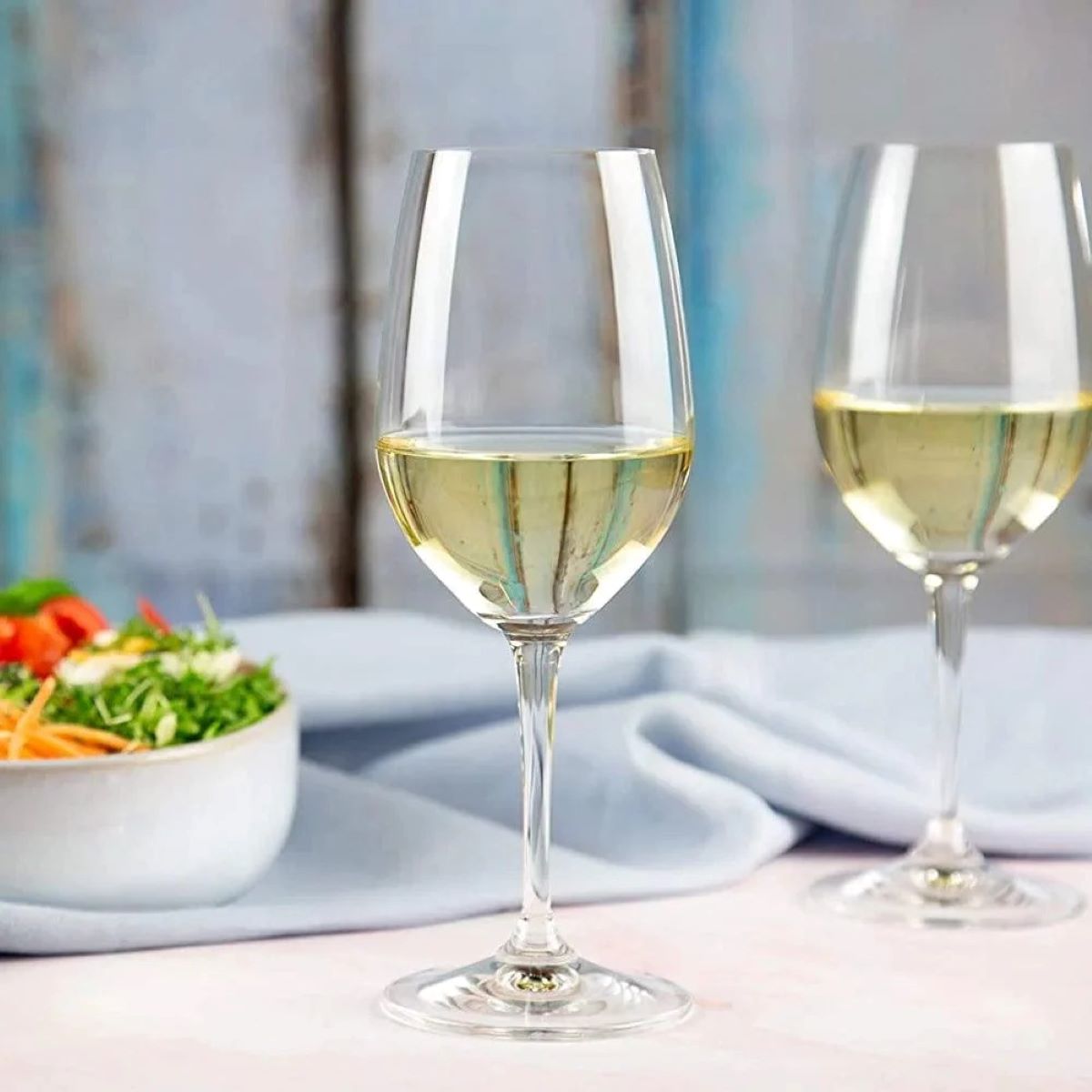
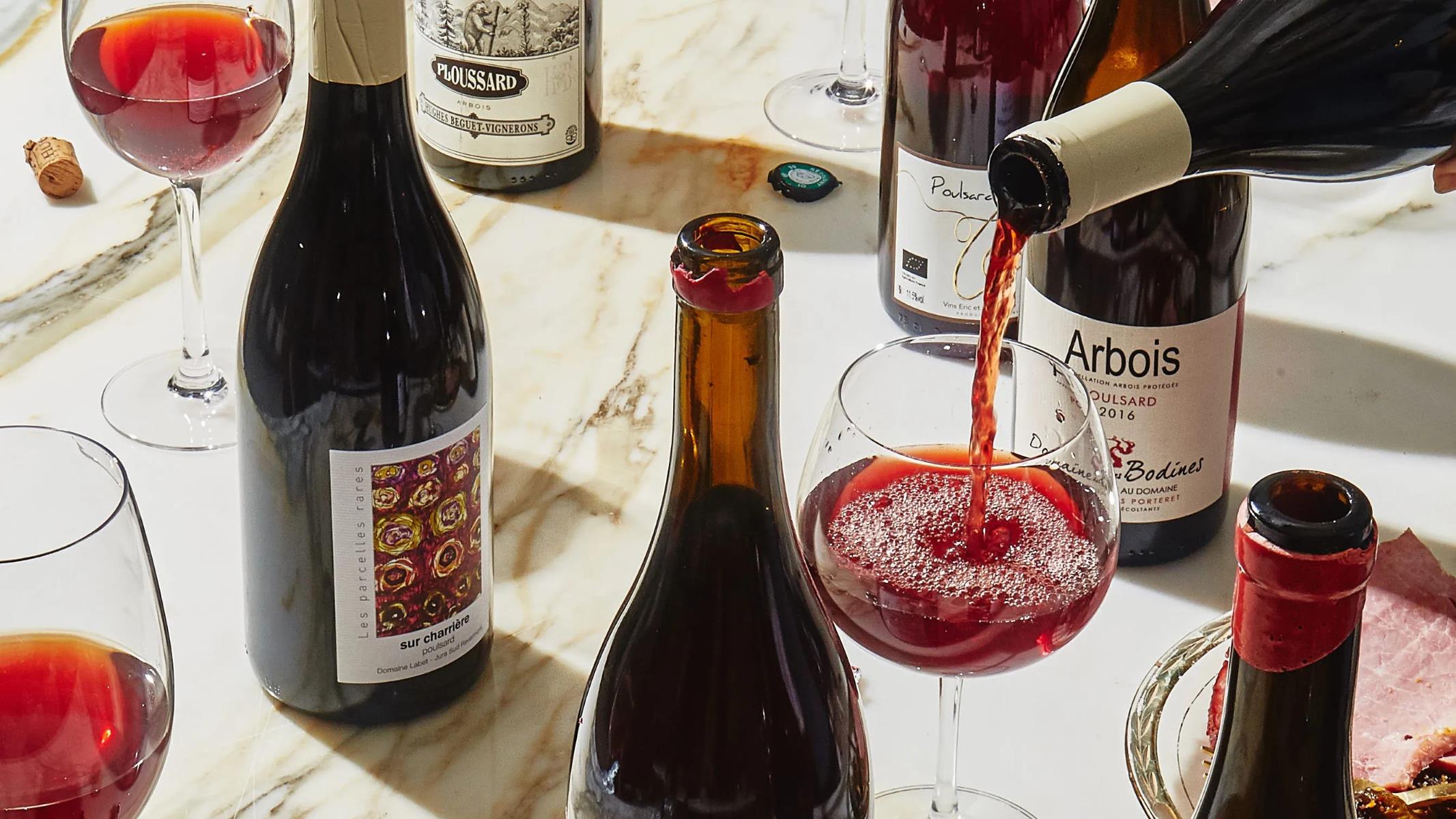
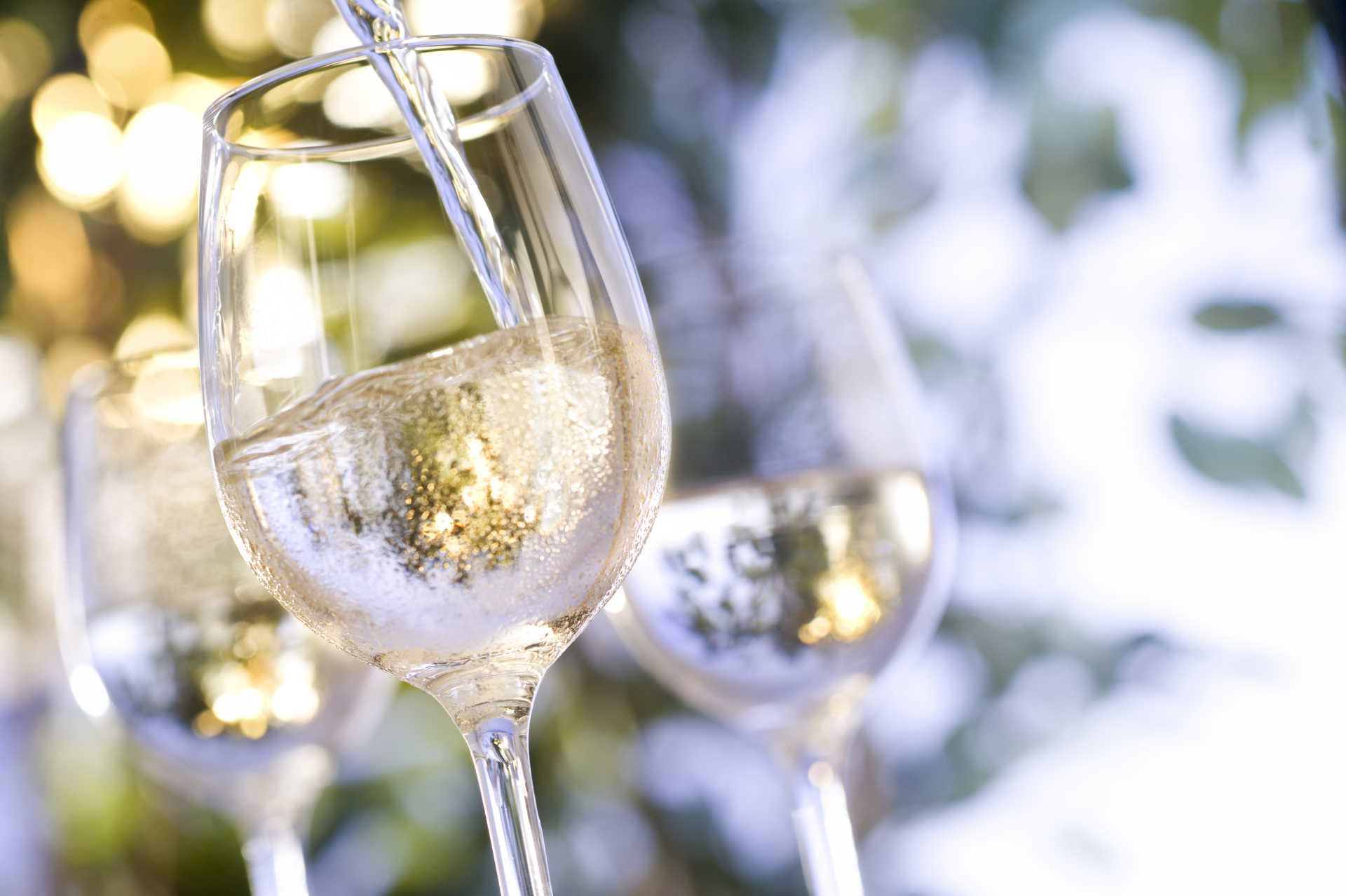
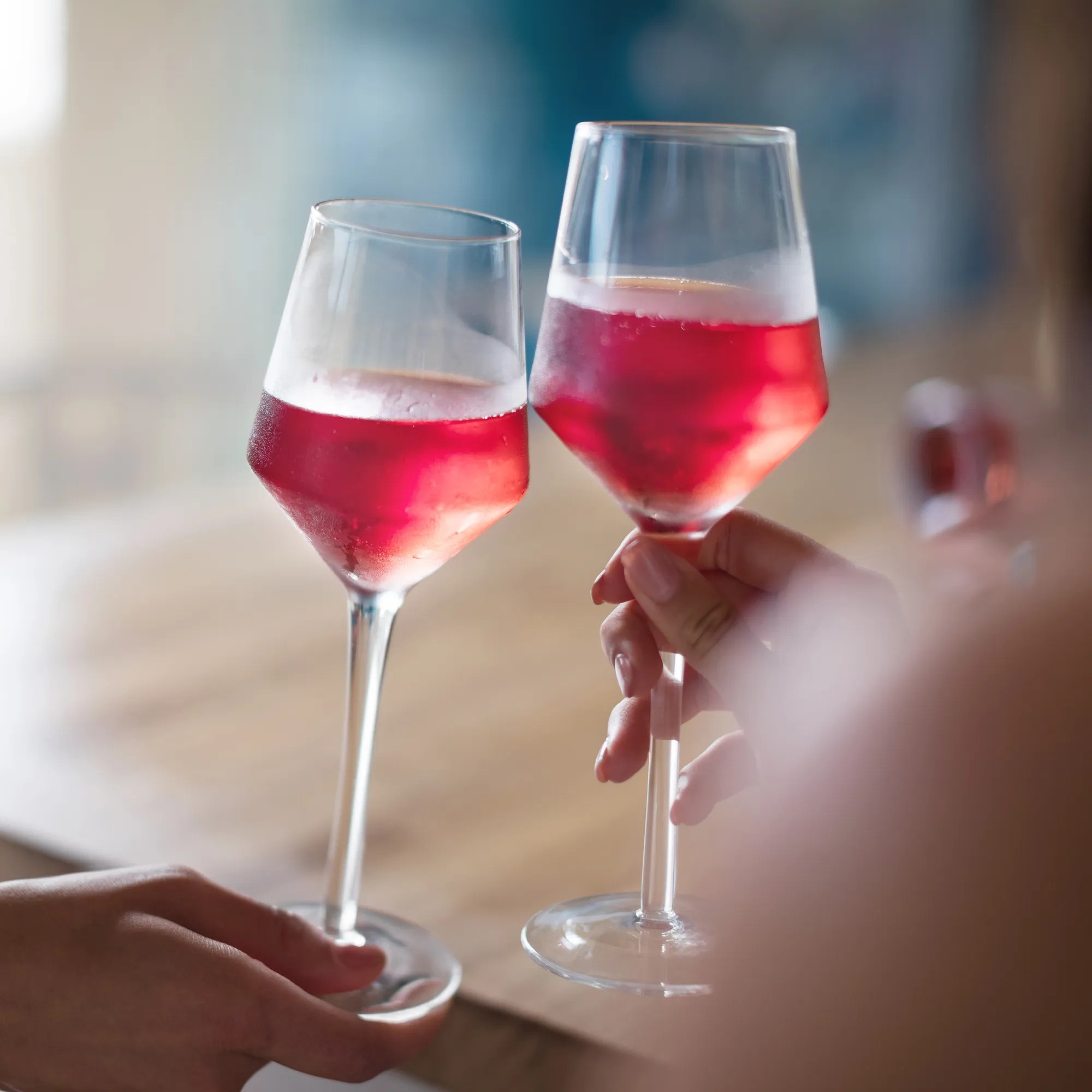
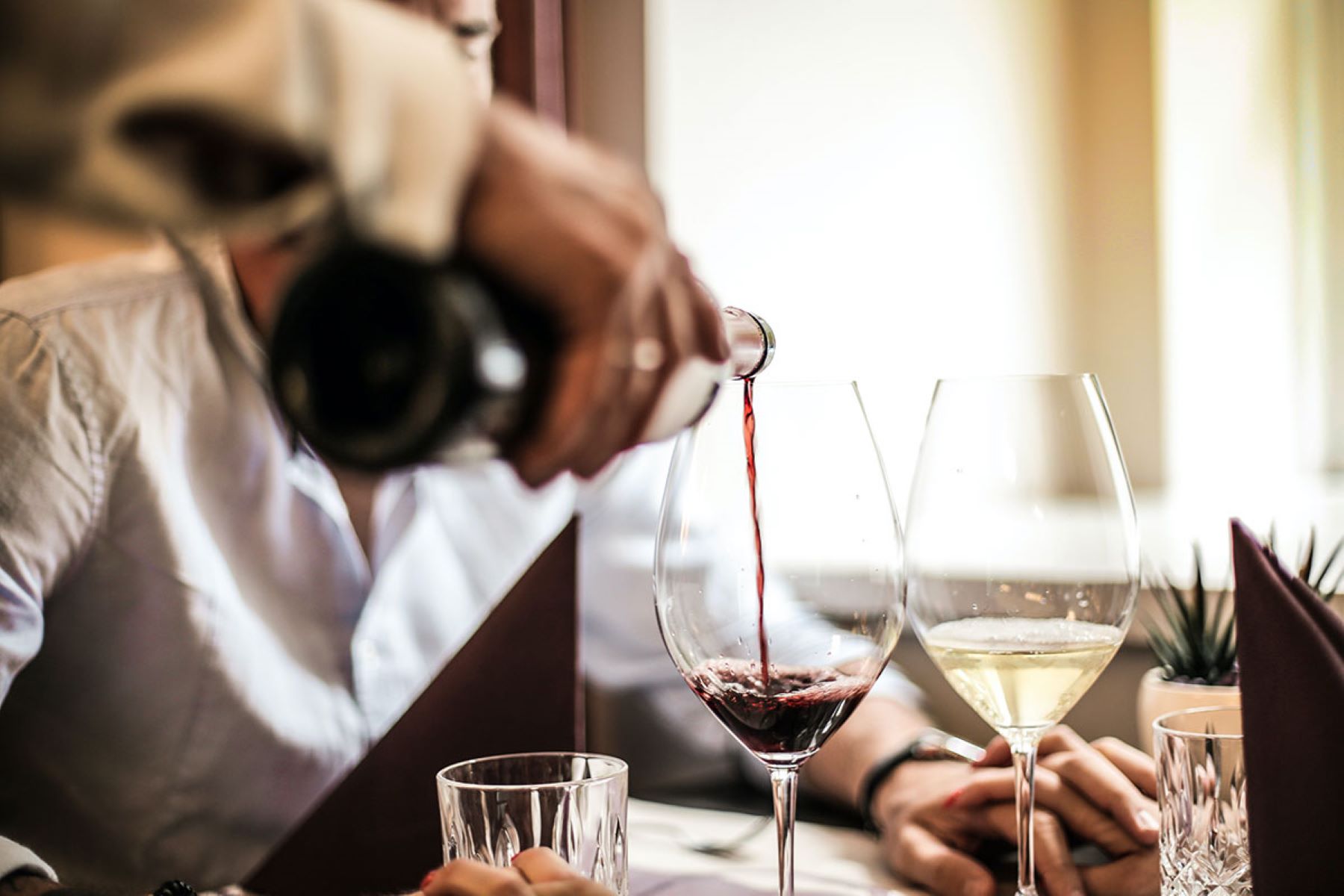
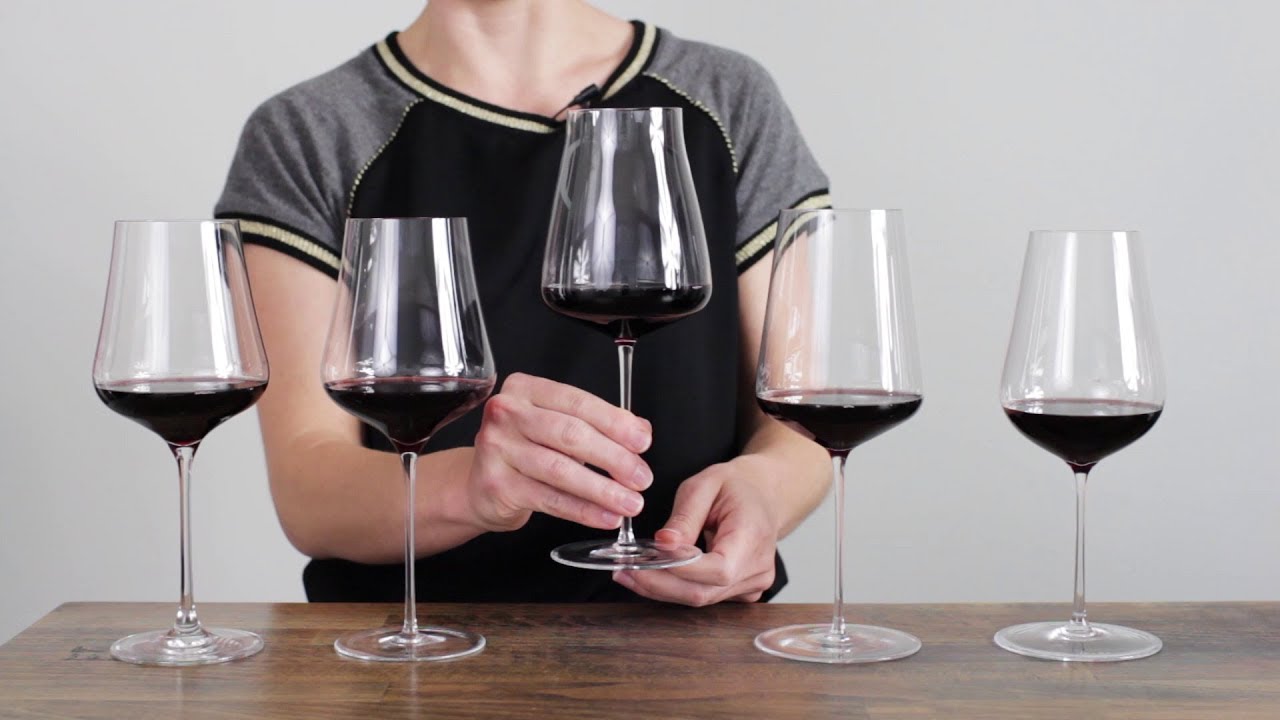
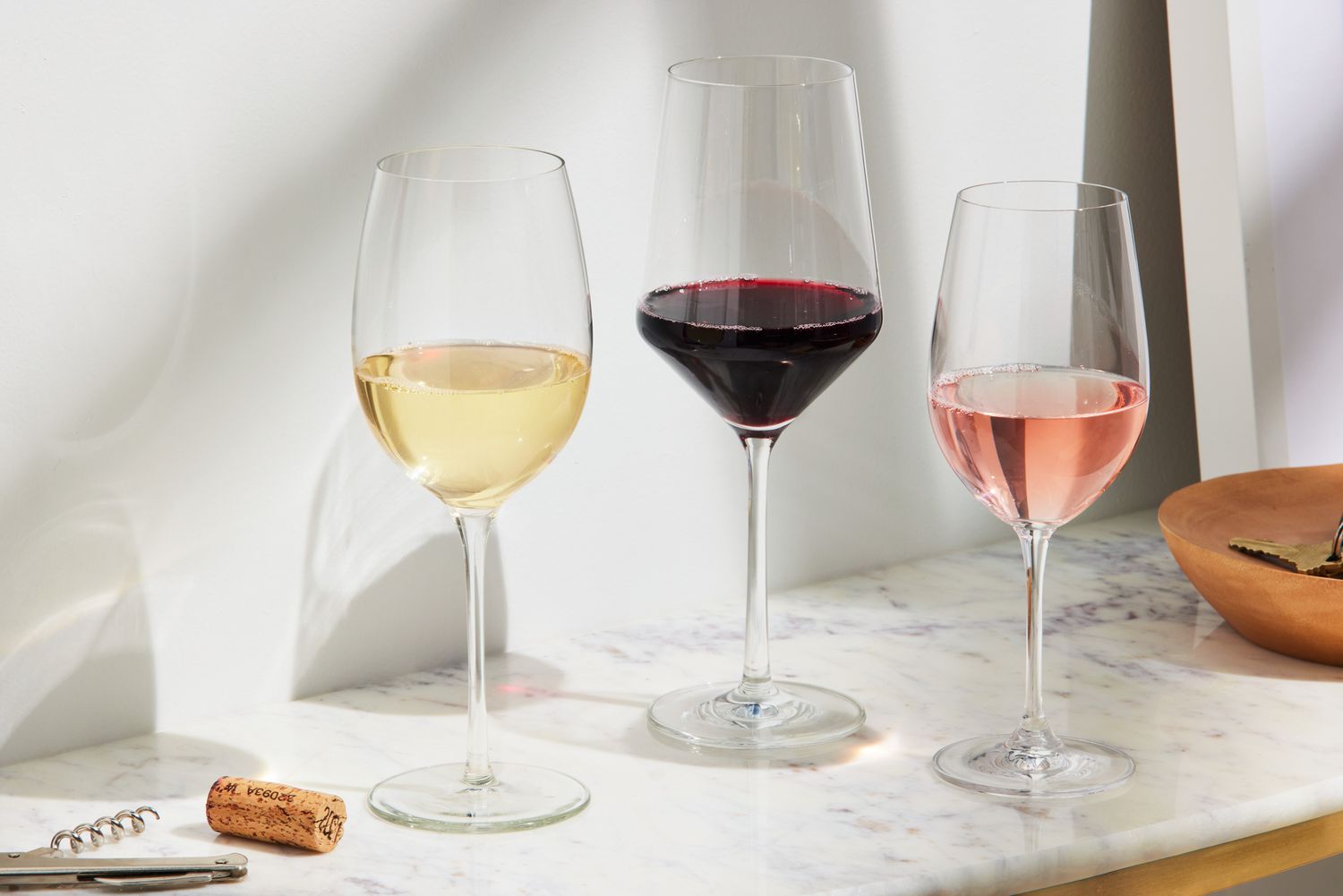
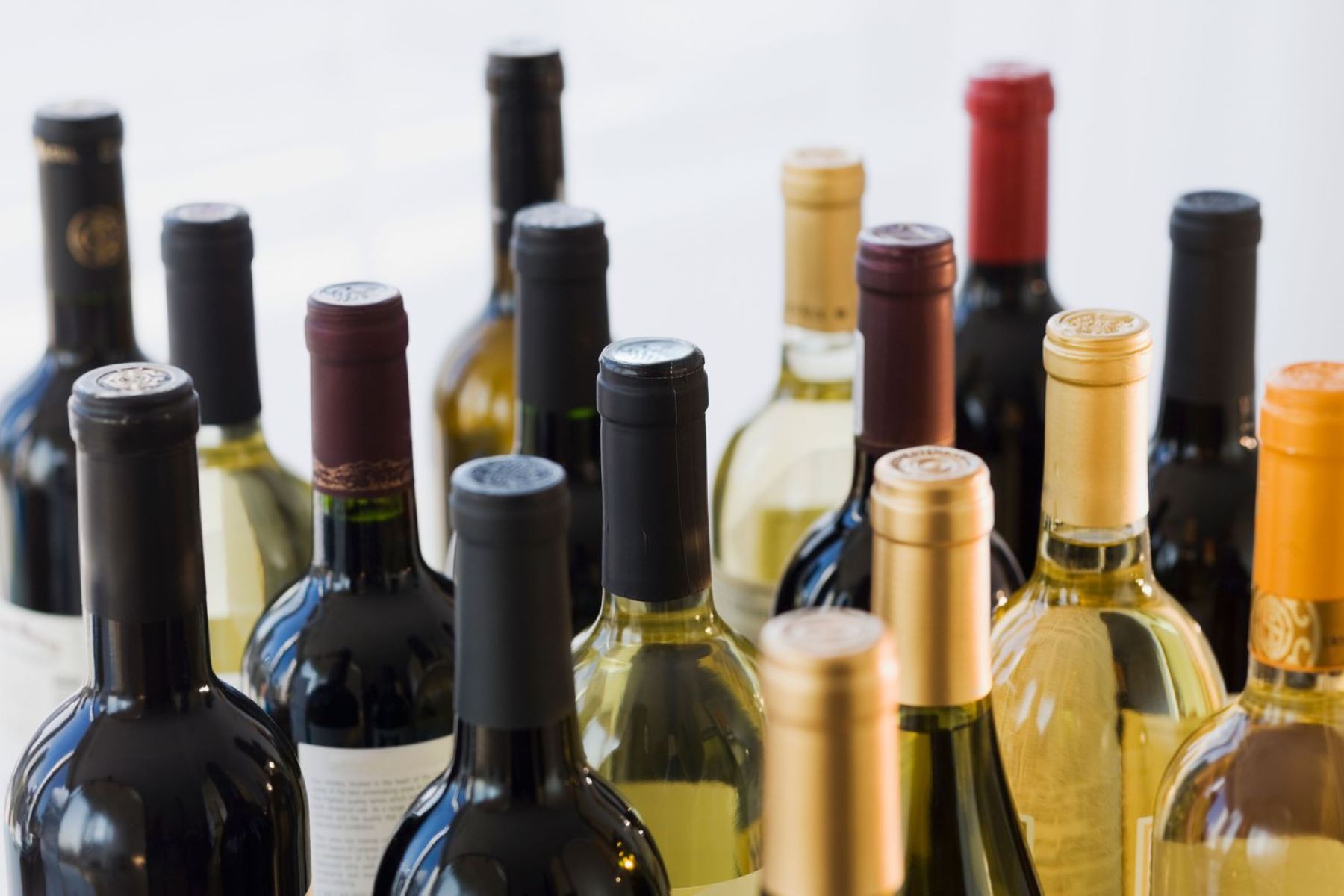

0 thoughts on “How Many Milliliters Is A Glass Of Wine”